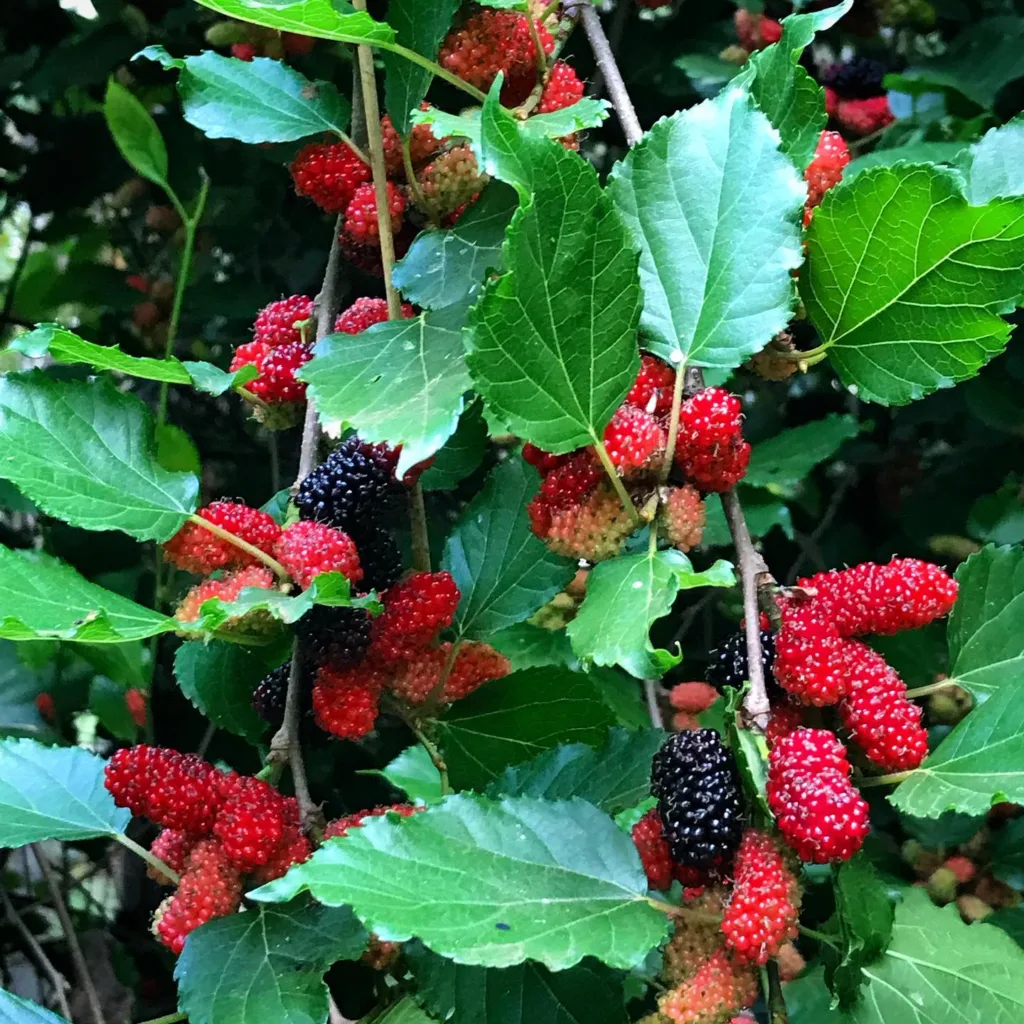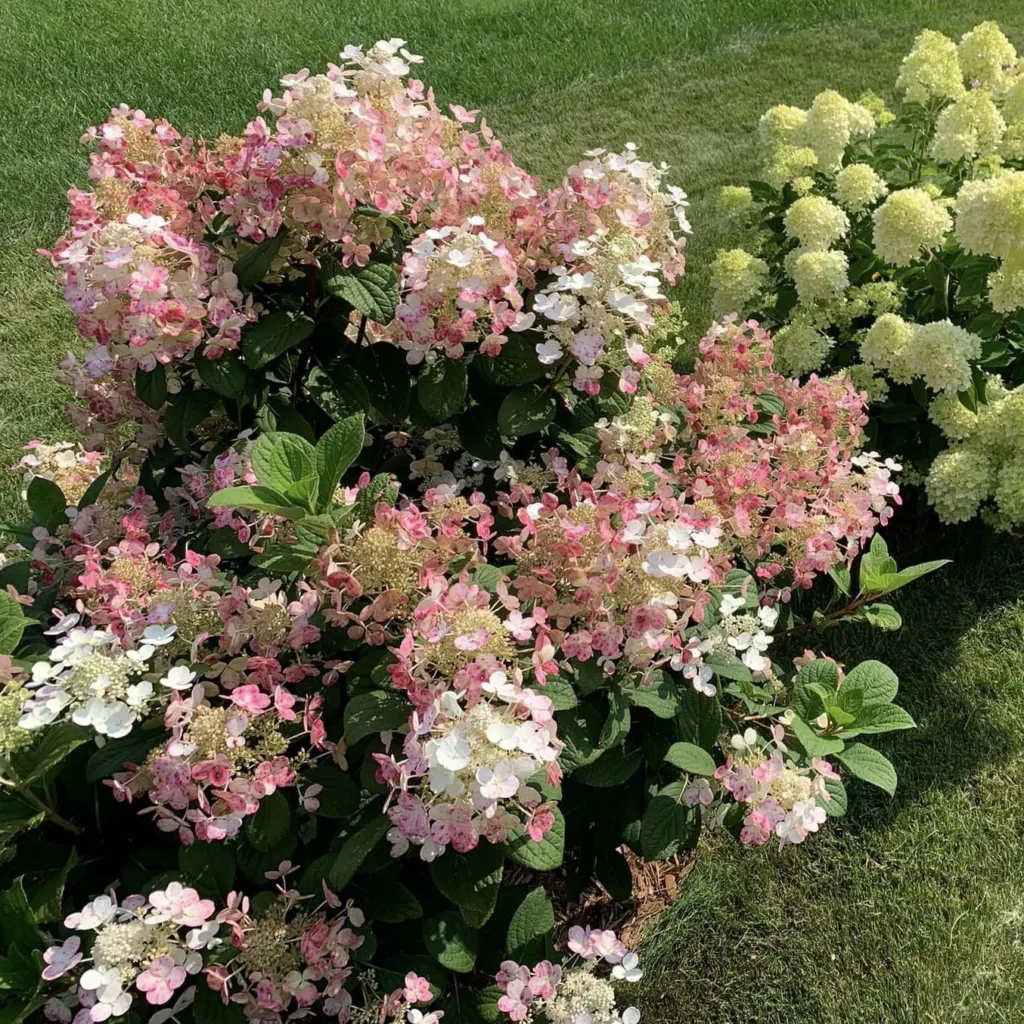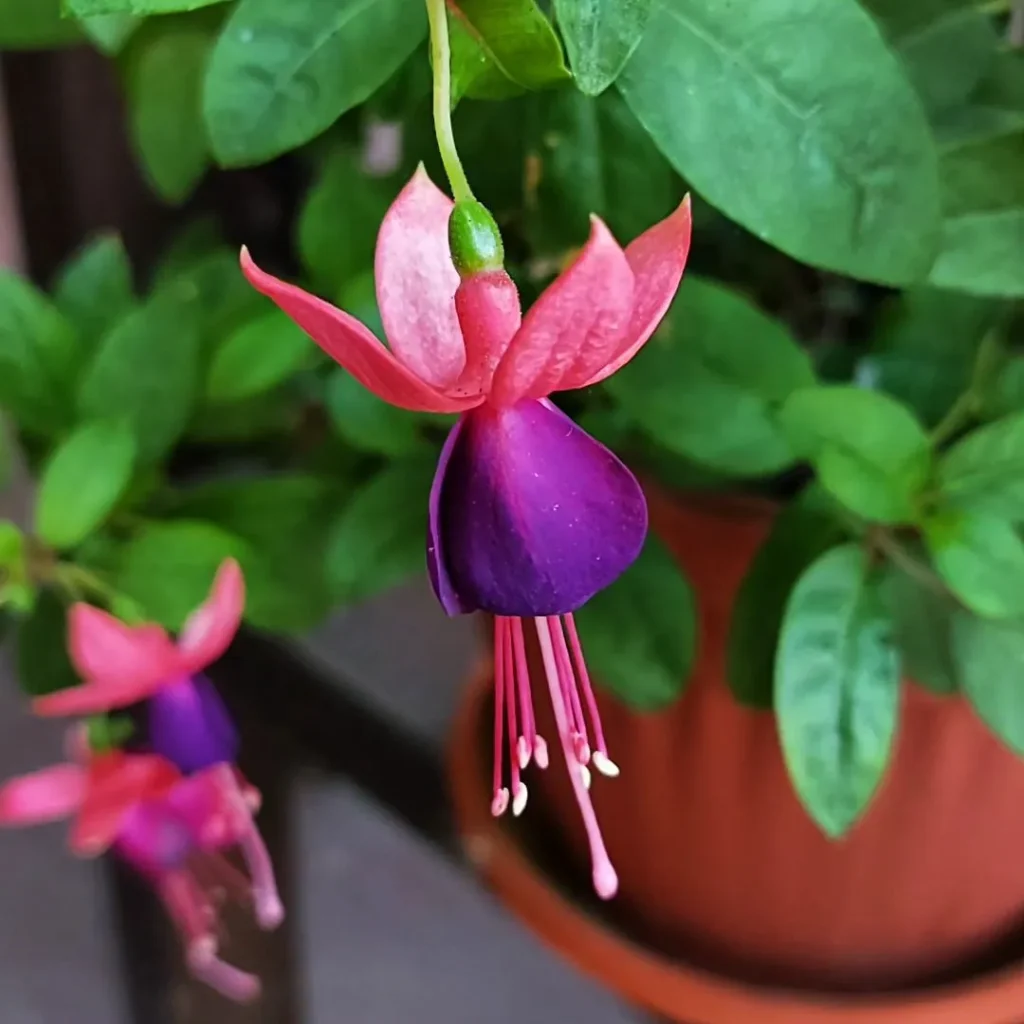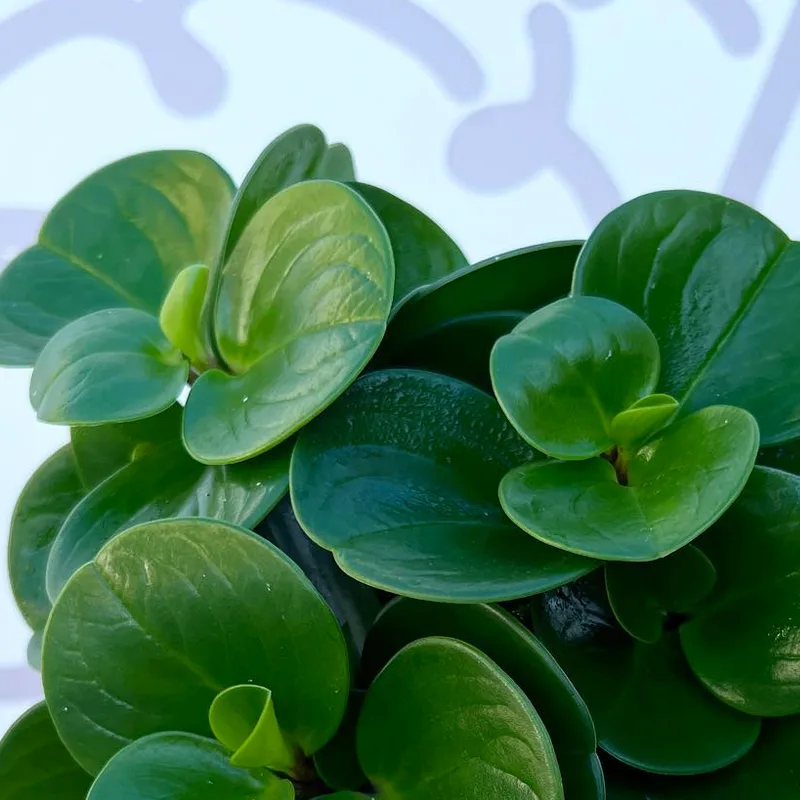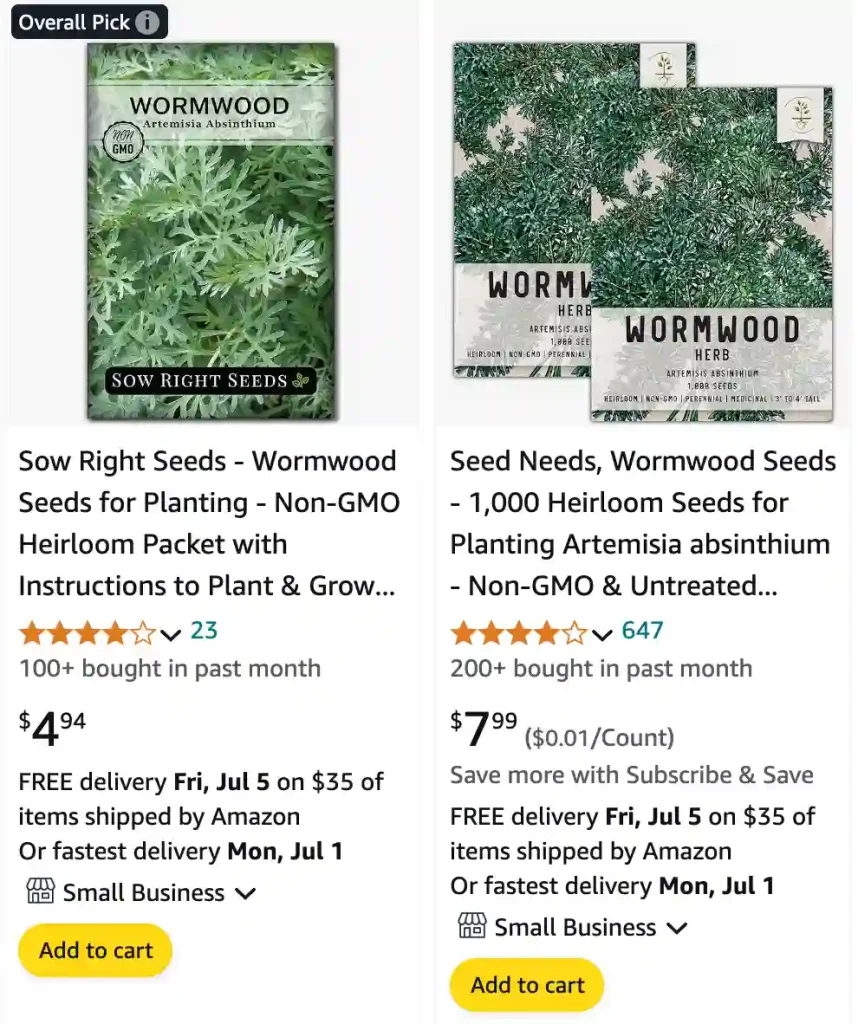
Wormwood: A Bittersweet Herb – FAQs Answered
For centuries, wormwood has been shrouded in myth and mystery. This flowering herb, native to Europe and Asia, boasts a potent reputation, both for its medicinal properties and its supposed hallucinogenic effects. As a curious gardener and someone who dabbles in natural remedies, I’ve delved deep into the world of wormwood, and here’s what I’ve learned to answer your burning questions.
What is Wormwood?
Wormwood (Artemisia Absinthium) is a perennial herb with silvery-green, feathery leaves and clusters of tiny yellow flowers. It has a long history of use in traditional medicine, often as a digestive aid and for treating intestinal parasites. The most infamous association with wormwood comes from its presence in absinthe, a potent liquor once believed to be a source of hallucinations (more on that later).
How to Care for Wormwood?
Wormwood is a low-maintenance herb that thrives in well-drained, sunny locations. Plant it in sandy or loamy soil and water moderately during the first growing season. Once established, it’s quite drought-tolerant. Regular deadheading (removing spent flowers) encourages continued blooming throughout the summer.
How to Propagate Wormwood?
Propagating wormwood is easy. You can do it through division in spring or fall. Simply dig up a mature plant and carefully separate the root crown into sections, each with a few stems. Replant the divisions in new locations. Alternatively, you can take stem cuttings in late spring or early summer. Choose healthy stems, cut them just below a node (the bump where leaves emerge), and plant them in pots filled with moist potting mix. Keep the soil damp and provide indirect sunlight until roots develop.
What to Plant with Wormwood?
Wormwood’s strong aroma and bitter taste deter some pests, making it a good companion plant for vegetables like cabbage, broccoli, and tomatoes. However, its allelopathic properties (the ability to suppress the growth of other plants) can be detrimental to some species. Avoid planting it near beans, peas, and other legumes.
Can You Smoke Wormwood?
No, smoking wormwood is not recommended. While some historical accounts mention wormwood being smoked in religious ceremonies, the thujone content in the plant can be toxic and cause seizures, hallucinations, and other adverse effects.
What Does Wormwood Smell Like?
Wormwood has a strong, bitter, and somewhat medicinal aroma. The scent comes from the presence of thujone and other volatile oils.
Where Can I Buy Wormwood?
Wormwood can be found in some online herb stores and at specialty shops that carry medicinal plants. Be sure to purchase from a reputable source and ensure the wormwood is intended for herbal use.
How to Use Black Walnut and Wormwood?
Black walnut and wormwood are sometimes combined in herbal remedies for parasite control. However, it’s crucial to consult a qualified herbalist before using this combination, especially if you have any underlying health conditions or are taking medications.
Is Wormwood Safe for Dogs?
No, wormwood is not safe for dogs. It can cause seizures, vomiting, and other serious side effects. If you suspect your dog has ingested wormwood, seek immediate veterinary attention.
What is Black Walnut and Wormwood Used For?
Traditionally, black walnut and wormwood have been used for:
- Digestive issues: Both herbs have been used to relieve bloating, gas, and indigestion.
- Parasitic infections: Some people believe the bitter properties of these herbs help expel intestinal worms. However, scientific evidence to support this use is limited.
- Fungal infections: Wormwood is sometimes used topically for fungal skin conditions, but its effectiveness remains unproven.
It’s important to remember that these are traditional uses, and the efficacy of these herbs for any specific condition is not always guaranteed.
Does Wormwood Kill Candida?
There is limited scientific research on the effectiveness of wormwood against Candida albicans, the fungus that causes candidiasis. While some studies suggest wormwood may have antifungal properties, more research is needed to confirm its efficacy as a treatment for Candida infections.
It’s important to consult with a healthcare professional before using wormwood for any medical condition.
How to Harvest Wormwood?
Harvest wormwood leaves once the plant reaches maturity, typically in mid to late summer. Cut the stems just above a node with sharp pruners. Wear gloves when handling wormwood, as the oils can irritate your skin.
How to Make Wormwood Tincture?
Making a wormwood tincture at home is not recommended due to the potential toxicity of thujone. Commercially prepared wormwood tinctures are available, but it’s crucial to consult with a qualified herbalist before using any wormwood product, especially if you’re pregnant, breastfeeding, or have any pre-existing health conditions.
Legality
Wormwood legality varies by region. In some places, thujone content is regulated due to its potential health risks. Always check local regulations before purchasing or using wormwood.
Dosage and Interactions
Do not take wormwood without consulting a qualified healthcare professional. Wormwood can interact with certain medications and is not suitable for pregnant or breastfeeding women. Proper dosage is crucial to avoid adverse effects.
Alternatives
Several safer herbs offer similar benefits to wormwood. For digestive issues, consider ginger, peppermint, or chamomile. For fungal skin conditions, tea tree oil or colloidal silver may be options (consult a healthcare professional before using).
Remember: Wormwood is a fascinating herb with a long history, but it’s also one that requires caution. By understanding its properties and potential risks, you can make informed decisions about its use.
If i die, water my plants!
